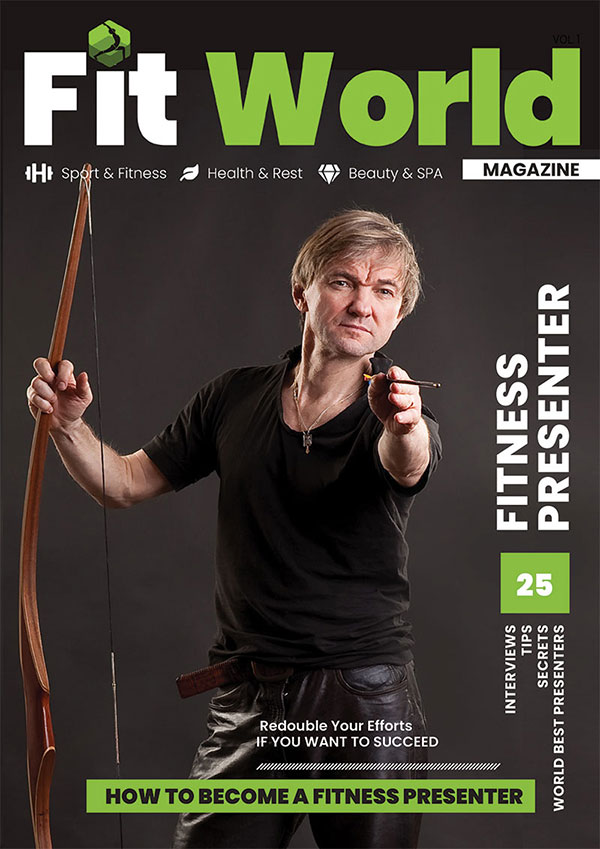The popularity of this young trend is growing every year. Street dance styles attract young people with their unconventionality and freedom. About where they came from, how they developed to our days and about their diversity will tell today’s publication. A nice bonus will be the information about the ways of learning the boulevard art.
History of the origin of street dancing
The homeland for this style was the urbanized cities of America – New York and Los
Reasons for the genesis.
First of all, the black caste of these metropolitan areas in the 60’s of the 20th century was actively fighting for civil rights. The worldview of the Negro race was changing. And with it, the prestige and identity of its heritage was growing.
Secondly, at the same time a new musical genre called “funk” emerged. It was characterized by a fast rhythm, dynamics, screaming songs and formed the basis of the dance novelty. And the primary source of music for this style is considered African-American jazz.
Result
As a result, closer to 70-ies African-American segment of the population expressed themselves in all kinds of ways. One of these was street dancing. Performing them did not involve solitude. Young people gathered in groups, where some demonstrated choreographic elements and others cheered wildly and emotionally.
The basis for the know-how was mainly hip-hop dance. And later other styles developed on its structure.
What is street dance
Of course, the origin of this species awarded it social character and folk. The term “street” speaks to its development in open spaces. They appeared:
– In the streets;
– in parks;
– in squares;
– in squares;
– in courtyards;
– at parties;
– in nightclubs.
Predominant differences of street dance from other genres:
- Absolute improvisation
- The group form with mandatory communication between dancers and spectators.
- Theatrical and dance scene
- Frequent changes of pace, props and even costumes.
The energy and mystery of urban art of dance just that beckons young people. Demand for the direction is increasing over the past 20 years. And the tendency to its decrease is not expected.
Styles of street dance. The old and the new school
Let’s analyze the basic styles.
To begin with, we note that there are three main areas belonging to the old school. These are those with which it all began:
- break dancing.
- Locking
3.Popping.
And now a little more about them.
Breakdancing .
This is the axakal of the hip-hop movement. But at the same time megapopular among children, teenagers and young boys and girls.
Its peculiarity in complex acrobatic elements and figures. The dance requires perfect physical shape of the performer.
Locking
Locking dance. It has its own explanation. Fast movements alternate with stupor in an impromptu pose for a while. Then the performer returns to the same speed again. Additional characteristics include:
- quick and crisp passes with the hands
- Soft movements of the legs and hips.
- Interaction with the audience and often comic
Popping
Popping dance. Its development was promoted by locking. Expressed in a clearly distinguishable vibration of the body. To the rhythm of the music it is performed continuously and combines with different figures and movements.
House
Dance communication. It didn’t have a name for a long time. Its initiators were just having fun in the company of friends under the unusual dances. To put it simply, it is rhythmic and driving movements to house music.
Of the differences can be distinguished:
– Body dynamics;
– Jumps;
– High speed legs;
– Swings of the body;
– Wide elements at a slower tempo;
– Fragments with acceleration.
Jazz Funk
Contrast Dance. Combines expressive, sharp figures and smooth, graceful. Their combination successfully harmonizes in this form. It is a bold, lively and fantasy style.
R’n’B.
Dance-Cach. One of the most popular trends. Performed to appropriate music – r’n’b (“rhythm & blues”). Variations of clear rhythm and lyrics reflect the nature of the style. Its choreography includes:
– The contraction of individual body parts with an overall relaxed body;
– Wavy and rotational movements;
– Moonlight gait;
– Performing basic elements on weak lobes of rhythm.
Electric boogie and robot dance
Weightlessness Dance. Visually appears to violate the law of gravity. It combines elements of locking and popping. But that’s not all. There are also waves, fixations, and transitions.
In addition, electric boogie implies a style of “robot”. Steel, mechanical movements of the iron man, his jolts and vibrations are mesmerizing.
Freestyle
Freedom Dance. The combination of movements from many different areas of choreography and the ability to use them at will make this style. It is individual mastery, perception of music and improvisation.
LA Style.
Dance Show. Originally from Los Angeles. He says no to improvisation and yes to pure choreography. Characterized by the precision of movements and even synchronicity. Used more often for video and large performances.
Krampus
Dance-aggression. Is composed in a very peculiar way. As if the inner personality of the performer is asking out so strongly that it generates body convulsions.
C-Walk
Dance graphics. Based on the work of the feet, which are drawn various signs, words or symbols.
Music for Street Dancing
About her conversation has already begun. Because urban dance is largely dependent on music and is based on it.
Hip-hop music is a kind of works:
– funk;
– rap;
– break:
– house;
– r’n’b;
– African-American motifs;
– indie;
– jazz;
– country music;
– electric blues.
Consequently, there is almost no limit to the choice of compositions.














